
Kelly and I took a trip up to San Francisco over New Years to see relatives. While up there we were lucky enough to attend a seaweed foraging class with ForageSF that took place north of Bodega Bay.
Foraging for seaweed is a lot simpler than my recent, rekindled interest in edible mushrooms. In California there are no poisonous seaweeds, just ones that taste better than others. In this class we focused on Kombu, Laminaria setchellii a California version of the closely related seaweed that the Japanese harvest (Kombu is just the Japanese word for kelp). You can use Kombu in Japanese recipes, as a flavoring in soups and stews, as well as a substitute for Beano.
To conveniently harvest Kombu you need three things:
- Unpolluted water
- A rocky beach
- Ultra-low tide (so called “negative” tide)

You also need to learn to distinguish between “true” Kombu (Laminaria setchellii) and “false” Kombu (Pterygophora californica). [Editors note: I’m not 100% sure of the scientific names in this post so please correct me if I’ve got this wrong] False Kombu looks like a palm frond and is tasteless. They both tend to grow together.
Responsible harvesting means cutting no more than a quarter of the leaf like structure of the Kombu, leaving around an inch at the base of the cut for the kelp to regrow.
Seaweed begins rotting almost immediately after harvesting so you’ll need to start the drying process immediately. Before drying you need to wash the seaweed. Purists do this in the ocean. We didn’t have time for this so we did it at home. The disadvantage is that fresh water will dissolve seaweed so you have to work quickly and start the drying immediately. Drying can be done in the sun, on a dashboard, in a dehydrator or in an oven at the lowest setting. As it was dark and cold by the time we got home we used Kelly’s step mom’s oven.

Our very small Kombu haul dried and ready to use.
You should only harvest what you have space and time to dry within 24 hours after harvesting–the sooner the better. It’s legal in California to harvest up to 10 pounds of seaweed for personal use without a permit but you’ll probably want to harvest considerably less than this as scampering over the rocks, hauling it all back and processing it is exhausting work. It would be easiest to divide duties between a group of people if possible.
Our choice of footwear, loose fitting rubber boots used in construction work, was not up to the task. The best option would probably be a wetsuit. The water is cold, the rocks jagged, and you’ll want to also step around carefully so as not to kill starfish, anemone or one of the many other lifeforms that inhabit the shore.
In addition to Kombu we also encountered Bladderwrack Fucus distichus, the tips of which can be used in salads and a few other seaweeds. We hope to come back in the summer when you can find Nori.
The beach we were at also had enormous mussel beds. If I ever get around to attempting this I’ll blog about it but, from my initial research, mussel harvesting seems simple (leave a comment if you’ve done mussel or other shellfish harvesting). You just need a fishing license, a scale, a bucket and gloves. You’ll also need to check in with the state’s shellfish advisory website or hotline (1-800-553-4133) to avoid biotoxins that can be present in mussels at any time of the year but especially during the summer months. I should note that an unfortunate trend of irresponsible tide pool harvesting got going during the pandemic as reported by the LA Times.
Back to seaweed. Here’s a few resources:
California Native Plant Society article (pdf) on California Seaweeds
Fin + Forage Kelp Identification guide
A guide to brown seaweeds
The sea forager’s guide to the Northern California coast by Kirk Lombard and Leighton Kelly (has a short section on seaweed)
LA Times article on seaweed foraging in Southern California (I’ll note that I’ve heard conflicting information on whether SoCal beaches are too polluted to harvest seaweed)
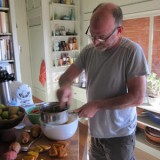
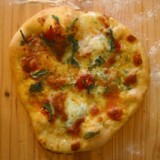
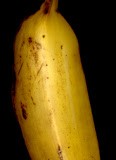
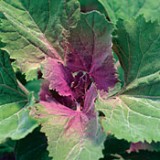
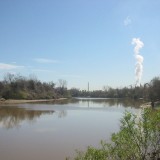
I read, with interest, this article about seaweed foraging. I would like to try it sometime, if I am ever near the ocean.
The subject of this article was also a trigger for me–back to my Irish famine-survivor great-grandfather.